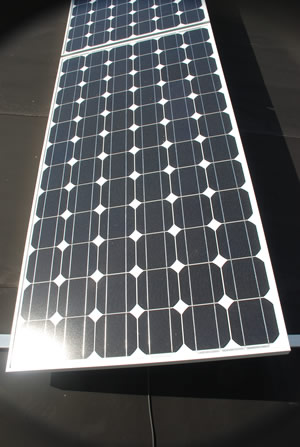



The
UK
government announced on the 25th February 2011 the adjusted FITs, to be
implemented on the 1st April
2011:
|
Technology |
p/kWh
|
|
Wind
<=1.5kW |
36.2
|
|
Wind
>1.5-15kW |
28
|
|
Wind
>15-100kW |
25.3 |
|
Wind
>100-500kW |
19.7 |
|
Wind
>500-1.5MW |
9.9 |
|
Wind
>1.5MW-5MW |
4.7
|
|
Solar
PV <=4kW (new build) |
37.8 |
|
Solar
PV <=4kW (retrofit) |
43 |
|
Solar
PV >4-10kW |
37.8 |
|
Solar
PV >10-50kW |
32.9 |
|
Solar
PV >50W |
8.5
|
|
Solar
PV standalone |
30.7
|
|
Hydro
<=15kW |
20.9 |
|
Hydro
>15-100kW |
18.7
|
|
Hydro
>100kW-2MW |
11.5
|
|
Hydro
>2-5MW |
4.7
|
|
Existing
RO microgenerators |
9.4
|
|
Micro
CHP <2kW |
10.5
|
|
Anaerobic
Digestion (AD) <=500kW |
12.1
|
|
AD
>500kW |
9.4
|